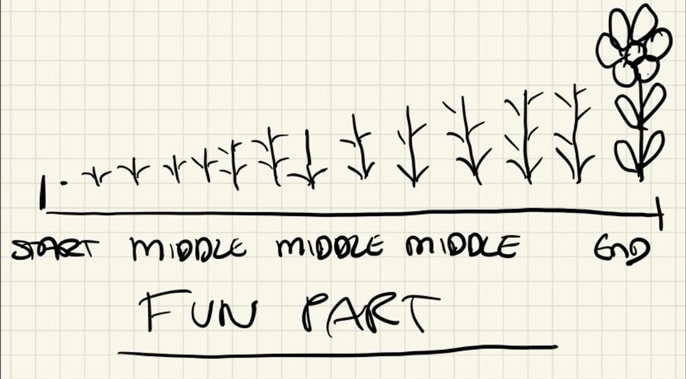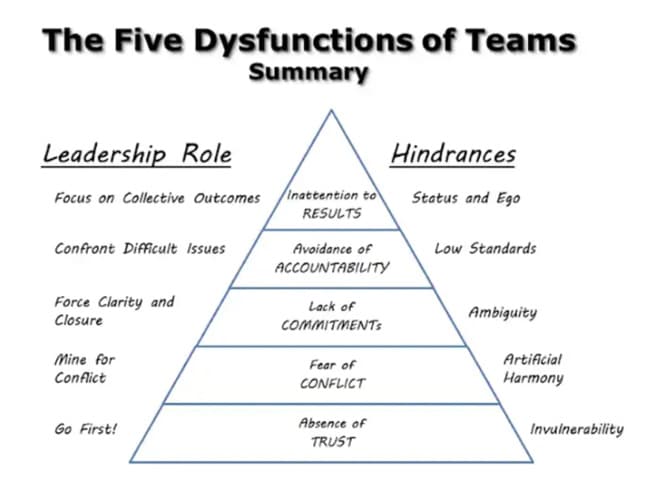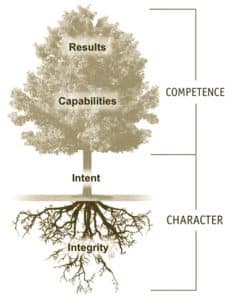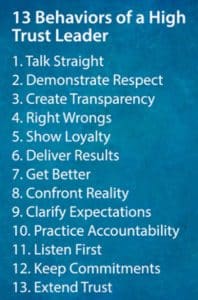How are you doing six weeks into the new year?

How are you feeling? How are you performing? Mid February is the time where the momentum of the new year starts to wane and gyms start returning to their regular levels of busy’ness. Our new habits can either stick, wane or drop off.
What is sticking for you? Have a think and celebrate what you’ve been able to stick with. If you need to course correct, get to it. Or maybe it’s time to let something go that isn’t working without beating yourself up (I tried drinking BCAA’s and had to stop because they taste terrible and I just can’t get past it).
Remember dopamine? The momentum of the new year makes January 7th energizing, February 21st less so. It can feel like the 2km marker on a 10km run when you’re not completely warmed up. Hang in there, trust yourself, find the dopamine in the effort and keep going. As you get warmer it will feel easier. The middle is the fun part and where performance gets going. A good hack if you start feeling really discouraged is to reflect on where you were this time last year… What has changed since then?
On Trust
Reflecting on the courage and trust in ourselves that it takes to implement and stick with new habits in our personal lives, the same principles of persistence and adaptability apply to building trust and effectiveness within teams. Patrick Lencioni’s “The Five Dysfunctions of Team” (see picture below) provides a super useful model for how to do this. The right side of the diagram shows the “what to do”, the left side “the what not to do”.

In any team, the foundation upon which to build a culture of trust is to nurture an environment where healthy conflict is encouraged and modelled.
What is healthy conflict? When one feels comfortable speaking up without the fear of retaliation or a negative outcome. Also known as “psychologically safe”. When healthy conflict is present, teams voice their opinions, challenge one another and speak up in healthy debates. Think of a family that regularly engages in debate over dinner and practices unconditional love. Healthy conflict when practiced, results in teams truly buying in when they make commitments and set goals. When this happens, accountability happens as no one can say “well I knew it was never going to work”. And voila, teams that take accountability work hard to achieve results.
The opposite? Without trust, team members don’t speak up when the disagree. They may have side conversations or keep it to themselves, and will go along with the group to avoid the risk of conflict and disagreement. This leads to a lack of commitment or ”artificial harmony“, which leads to the avoidance of accountability (blame!), and a lack of results. Ugh
So how do we build trust in our teams? In this next section we will explore trust further by reviewing some core concepts from the excellent book The Speed of Trust.


Building trust requires more than just understanding its importance; it requires intentional actions and behaviors. The four cores of credibility illustrated on the left —integrity, intent, capabilities, and results—are the foundational elements of trust. When team members perceive each other as having high integrity, they believe in their honesty and adherence to moral and ethical principles. Understanding each other’s intent involves believing that their colleagues’ motives are good and not self-serving. Capabilities mean that team members recognize and respect each other’s skills and abilities. Finally, achieving results solidifies trust by demonstrating reliability and effectiveness in meeting objectives.
Once the cores or credibility are established, the 13 behaviors of highly trusted leaders come into play, serving as a practical guide for day-to-day interactions. These behaviors include talking straight, demonstrating respect, creating transparency, righting wrongs, showing loyalty, delivering results, getting better, confronting reality, clarifying expectations, practicing accountability, listening first, keeping commitments, and extending trust. These behaviors aren’t just for leaders; they’re crucial for all team members to embody.
But it’s not enough to just know these behaviors.
Reflect on the above and where you want to get better. Look at the four cores of credibility and the 13 behaviours of highly trusted leaders as a personal roadmap. The challenge is to consistently practice it. This requires self-reflection and a willingness to grow and improve continuously. As leaders and team members model these behaviors, a culture of trust grows, making it easier to engage in healthy conflict, commit to decisions, hold each other accountable, and focus on achieving collective results.
In a culture of trust, the fear of speaking out diminishes. Team members feel safe, valued and heard, leading to more innovative and diverse ideas. This open communication provides the foundation for making sound decisions, critical for any successful team. When everyone is committed to a decision, even if they initially disagreed, they move forward together, avoiding the pitfalls of false buy-in and artificial harmony.
Accountability is not about pointing fingers
Finally, accountability is not about pointing fingers but about collectively striving towards improvement and excellence. When team members hold each other accountable, it is a sign of respect and high expectations. It is an understanding that everyone has a role to play in the team’s success. And as results start to show, the cycle of trust and effectiveness continues, reinforcing the healthy dynamics of a high-performing team.
In summary, building a trusting team environment is a continuous journey, not a destination. It requires a high degree of self awareness (as we all have areas that need improvement!), dedication, consistency, and a commitment to excellence. And it is deeply worthwhile, as the results from teams that trust one another to catch the ball, will always beat the team scared to pass the ball because they don’t trust that their teammate can catch. Now get to it.